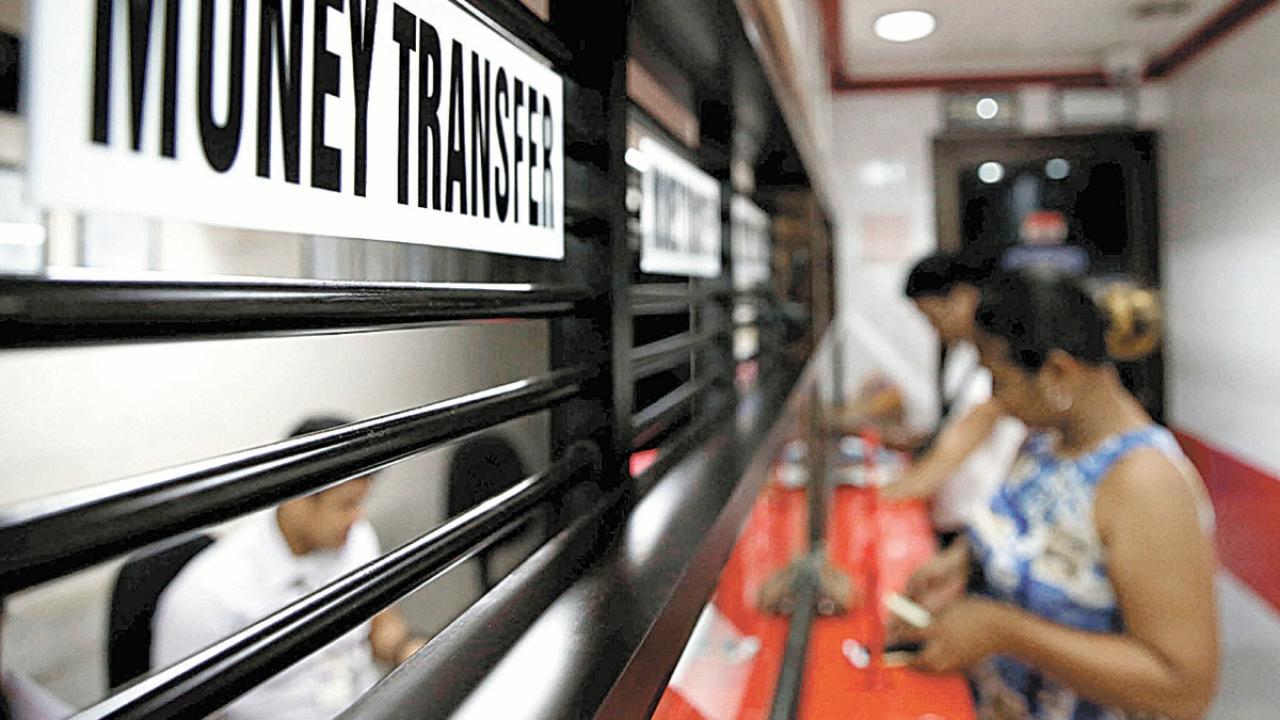
This represents a 5% growth compared to 2023. The main destination country for remittances in the region is Mexico.
A new report from the Inter-American Development Bank (IDB) projects that remittances to Latin American and Caribbean countries will reach a record in 2024, despite having the lowest growth in recent years.
If the current trend continues, countries in the region will receive 161 billion dollars (152.5 million euros) in remittances in 2024, a growth of 5% compared to 2023.
The estimated slowdown for this year is due to the lower labour mobility recorded in 2023 and to lower growth in the labour market for migrants abroad, accompanied by a relative improvement in the economies of the receiving countries of Central America and Mexico, which reduces the needs of the beneficiaries.
The main destination country for remittances in the region is Mexico, which will receive 65 billion dollars (61.5 billion euros) this year, although with an increase of 2.9% compared to 2023, the lowest in the last 10 years. In the countries of Central America, remittances will grow by 6.6%, reaching 45.7 billion dollars (43.29 billion euros).
The South American region, by contrast, will see a 9.1% growth in its remittance income, totalling US$31.7 billion (€30.028 billion). Finally, the Caribbean countries will receive US$18 billion (€17.05 billion) with a 2% growth, similar to that observed in 2023.
DESTINATION AND USE OF REMITTANCES
This new IDB report offers a detailed analysis of the profiles of remittance senders and receivers. Although remittances vary by nationality, sex, and years of residence abroad, the amounts sent represent between 6% and 23% of migrants' income. More than half of migrants say they send money to their mother and one in three to their father.
Among men, the median amount of remittances sent remains stable over the first 15 years, decreasing as a percentage of income as income begins to grow. Among women, the percentage of income spent on remittances remains stable over time, so the amounts sent increase over the years.
Finally, the surveys reflect the role of remittances in ensuring the standard of living of families in their countries of origin. 80% of migrants mention that the money is used for maintenance, which includes daily expenses such as food, housing, transportation, among others.
The second most common use is medical expenses. Other items mentioned by more than half of respondents include education, savings, business and real estate.










